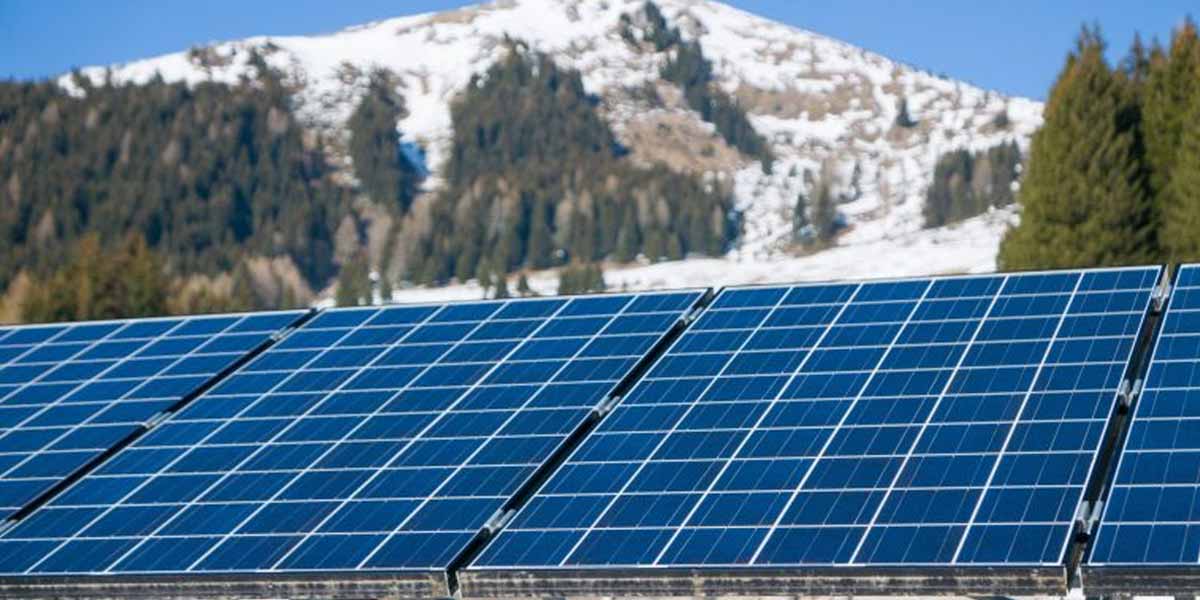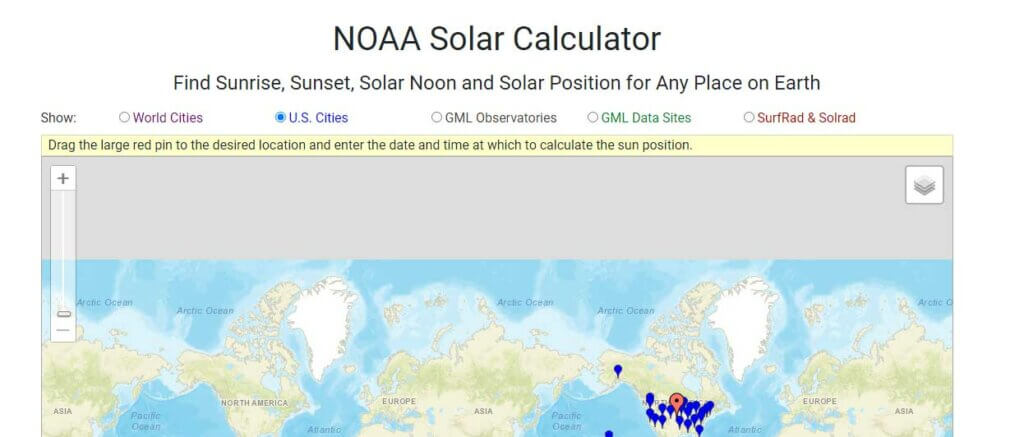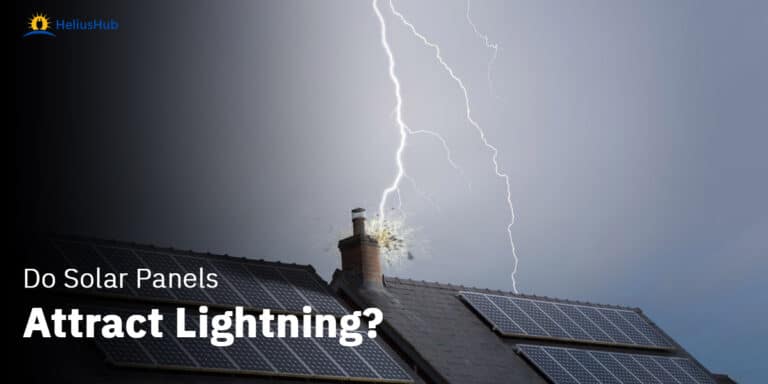How To Find True Solar South

In general, it is largely known that solar collectors should face true south or true north direction for any solar projects, depending on whether your location is in the northern or southern hemisphere, respectively. True south or true north refers to the point when the sun is at its highest during the day.
South-facing solar panels have proven to be more efficient in absorbing direct sunlight, and hence when it comes to the orientation of the solar panels, people usually choose the south.
However, most PV-related projects tend to fix their solar panels facing the solar south rather than the magnetic south. By doing this, about a 3% improvement in energy collection can be noticed immediately.
Let us proceed to learning what is true south and how does it differ from Magnetic South. By learning this, you get the most out of your portable solar panel, or solar panel kits.
True South Vs Magnetic South
As we all know, the Earth is a giant magnet with its magnetic South Pole and North Pole. Therefore, this magnetic energy rotates along with the Earth, although its axis is not aligned to the latter. The declination of this axis from the Earth is approximately about 14 degrees.
To understand the difference between the true south and the magnetic south, let’s consider this example: When the compass needle points at the south, it aligns with the Magnetic South Pole and not the true South Pole.
While we often refer to the Earth’s magnetic South Pole as the true south, the magnetic South Pole’s direction is considered the Magnetic South.
Thus, there are many tested and proven methods of accurately estimating and adjusting the solar panels to ensure the quest for the correct direction and, after that, improving the efficiency of the small scale solar power system or large scale solar farms. However, there are five of them that we are going to learn about and discuss today further going through this blog.
Without any further delay, let’s dive in!
How To Find True South

Finding true south will not feel like a chore if followed through the correct methods and abided by the right steps. There are five best methods for finding the true south: the shadow method, a shadow at solar noon, the magnetic declination method, the Polaris method, and Google Earth.
Method 1: Shadow Method
The size of the shadow of an object will be the shortest when the sun is highest at noon. Therefore, at this moment, this direction of the shadow line is the true solar south. To simplify, the shadow method is all about finding out the shortest shadow at noon to locate the true solar south.
Let’s take a look at the following steps:
Step 1. Firstly, you have to set a flat stick on even ground in the morning while ensuring that the stick is straight and set perpendicular horizontally. Remember that a crooked stick or an uneven surface will result in a faulty shadow.
Step 2. Next, you have to mark the end of the shadows every few minutes as they will keep moving with time. Make sure the intervals between each marking are about 15-20 minutes, and you’ll see a curve drawn out of these markings at the end.
Step 3. You have to find out the shortest shadow line by drawing and connecting the previously mentioned marks to where the flat stick touches the ground. Therefore, the shortest line will be visible prominently.
Step 4. Lastly, this will reveal the solar south, and now you can finally adjust your solar panels accordingly to align with the direction.
Method 2: Using A Shadow At Solar Noon
This method strategically consumes less time than the previous one. Solar noon is the local time when the sun rises to its highest point at a particular location and crosses the local meridian.
Thus, instead of spending hours together standing outside under the scorching heat for the sake of measuring the shortest shadow, you can easily find the local solar noon to find out the direction of the shadow of an upright object on the ground. There are two ways to calculate the local solar noon:
I. Online Solar Noon Calculator 1

Step 1. Visit any online solar noon calculator and enter the required location, longitude, and local time.
Step 2. Fill the form carefully with all the necessary details.
Proceed to click on Display Calculator.
Step 3. Click on “continue” when the next site page pops up.
Step 4. The solar noon calendar will be generated.
II. Online solar noon calculator 2
Step 1. Similarly, visit any solar noon calculator website.
Step 2. Next, drag the red mark to your location on the map, and the solar noon will be immediately displayed towards the right side.
Step 3. Now, select the desired date, and your result will be displayed.
Method 3: Magnetic Declination Method
Magnetic declination is considered the most accurate method of searching the true south. We know that the magnetic south that a compass point slightly deviates from the true south, along with a meridian towards the South Pole. Thus, the deviation angle between the two is called the magnetic declination. It changes every year due to the shift of magnetic poles, although the Earth’s poles remain the same. Let’s take a glance at the following steps to proceed:
Step 1. Firstly, you have to visit the website to fill in the necessary details (location, longitude & local time) and click on the calculate button.
Step 2. The magnetic declination will be displayed on the screen.
Step 3. Next, you have to prepare the compass with degree scales on it. Place it on a horizontal surface, and adjust the needle to align with the south-north scale, and thus, its black hand will point to the magnetic south.
Step 4. Lastly, you have to rotate the compass horizontally as per the declination. The ‘S’ on the scale, therefore, will point to the true solar south.
Method 4: The Polaris Method
People, who live in the northern hemisphere, also prefer the Polaris method to determine the true solar south. The Earth’s imaginary rotation axis always passes through the Polaris, and therefore, is the reason why Earth does not move in the sky, and the direction towards the Polaris is always the true north.
Let’s walk down the simple steps:
1. Identifying the Polaris: This requires the help of “Big Dipper” and “Little Dipper” in the northern sky by three simple steps:
- Polaris belongs to “Little Dipper,” together with 6 other stars.
- The Polaris doesn’t move.
- The “Big Dipper” constellation revolves around the Polaris all year round.
2. Setting up the solar panel: You have to line up the seam between two solar panels with the Polaris, and thus, the solar panel will be facing the true south.
Method 5: Using Google Earth

Google Earth is another way of finding true south wherein you need to use it to zero, to begin with. This method requires the downloading and installment of a small program from the Google Earth site. Next, you have to place the item right in the center of the display, which you want to find the direction of.
In the View section, you have to select the ‘Grid’ to generate a latitudinal and longitudinal grid which will display gridlines running in the north-south and east-west directions.
Conclusion
In conclusion, there are many methods of finding true solar south; however, most people usually prefer the Polaris method the most since it does not require any calculation or marking shadows for hours together. Once the difference between solar south and magnetic south becomes crystal clear, it’s easier for people to find the right direction for installing their solar panels.
If you have more questions about solar panels, you can read our guide on the most popular solar panel questions for answers. If your question is still not answered, you can ask us in the comment section below.






